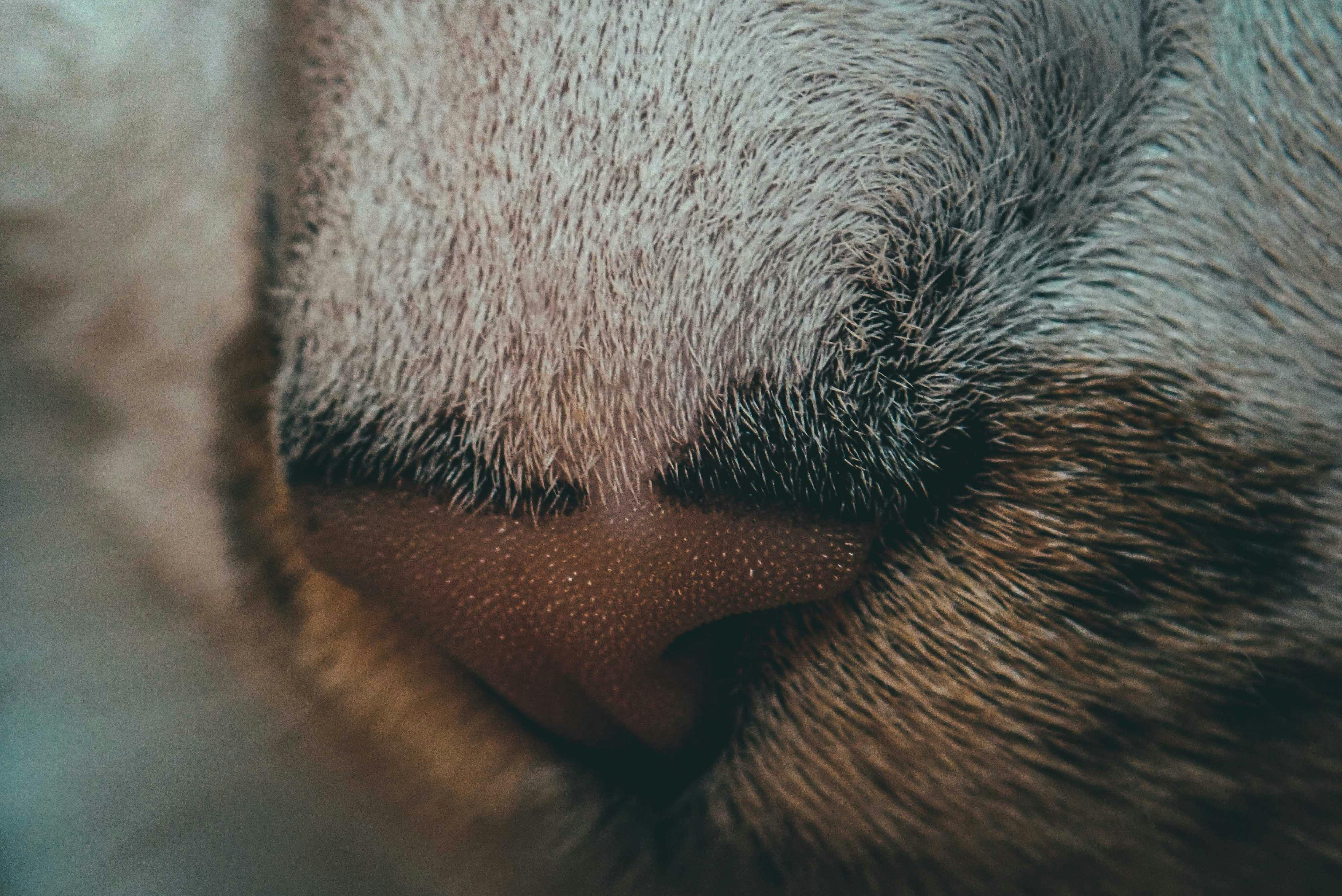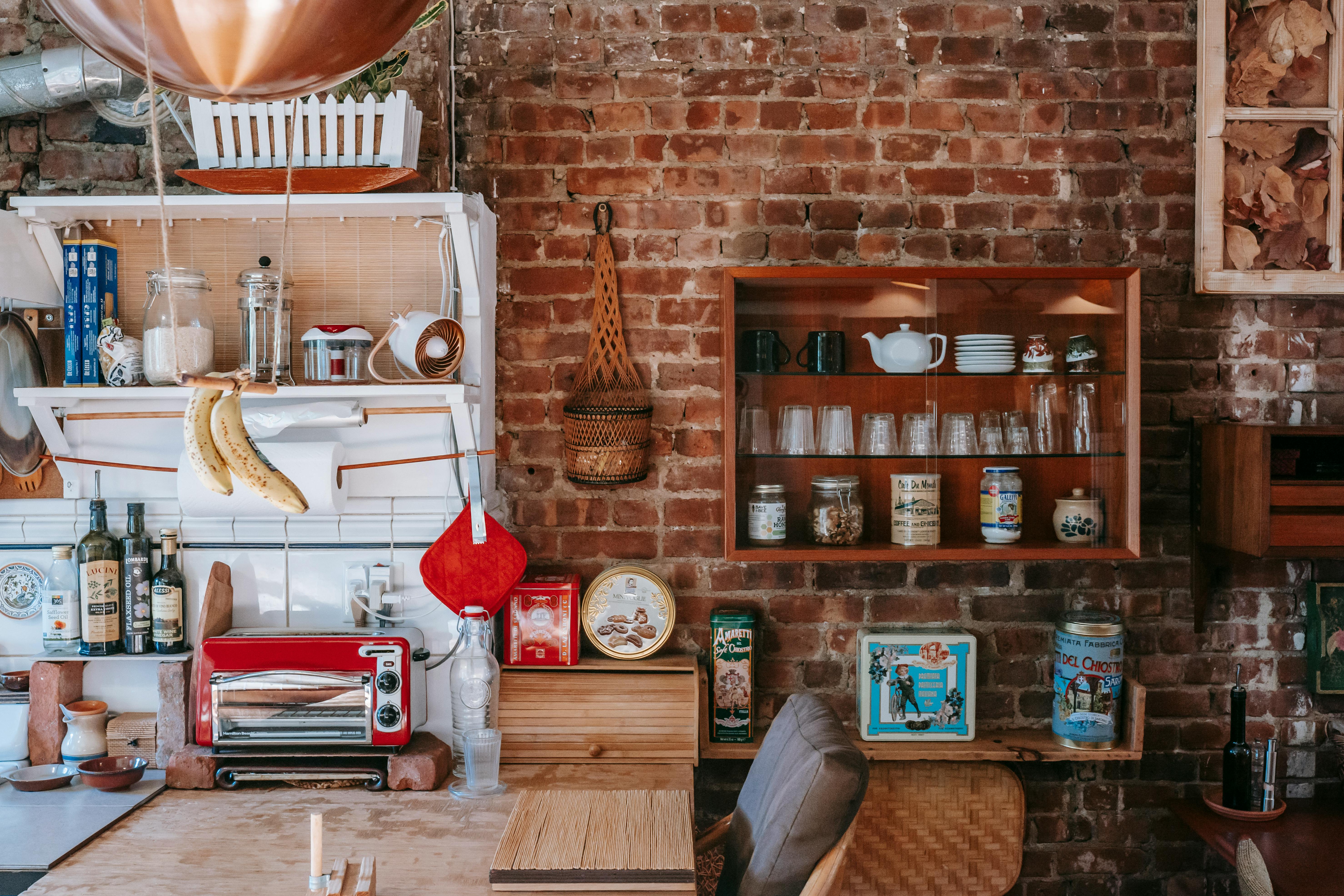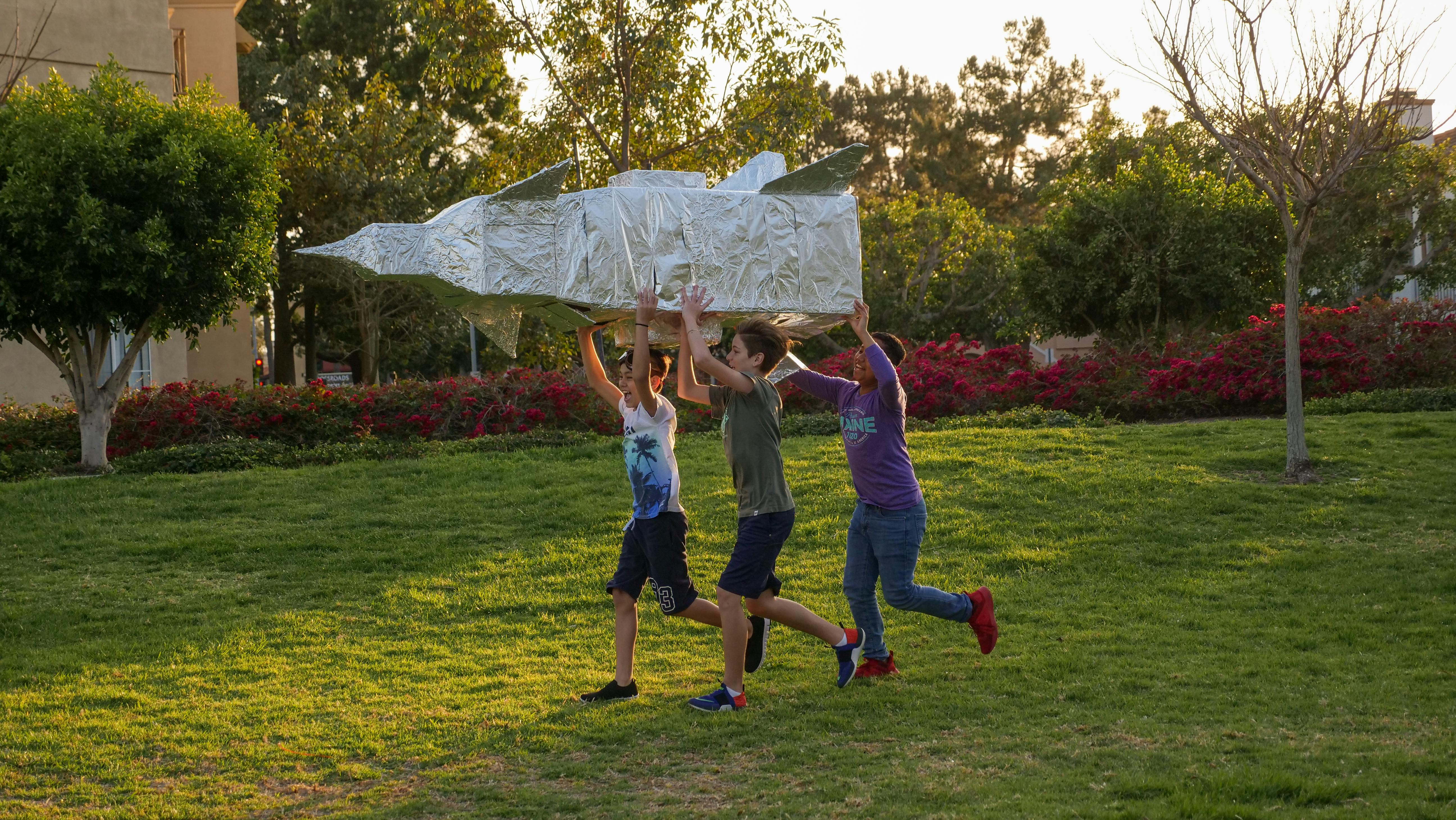Retirement is a complicated thing, one day you feel good because you will finally relax and the other day you feel worried about your finances. But people who plan ahead for retirement may have little or nothing to worry about.
Retirement planning is an ongoing process, and you should try to anticipate things. Although nobody can predict everything and it will be better to try to be close enough to get some benefit.
Many people are too afraid to retire because they worry about how things will go when they cut off that income. However, retirement planning is not a hard science and following these 7 steps can allow you to secure your future.
1. Retirement Planning – Assess Your Financial Situation
First, take an inventory of all your current assets, liabilities, income, and expenses. You can sit down with your retirement planner and estimate what your responsibilities and expenses would be. When you’ve retired, some expenses may stay the same, like groceries and insurance, and others.
However, some expenses may increase, such as travel costs, vacation costs, and spending less on growing children. Some expenses would also be covered by pension and social security. Highlight your worries and questions that haunt you at night and discuss them with your planner.
2. Calculate the value of your Assets and Liabilities
Here are some tips on how to calculate the value of your current assets.
- Enter the current amount in each of your accounts where you keep cash and liquid savings. These include checking, savings and money market accounts and certificates of deposit.
- If you have savings bonds, calculate and determine the present value or call the bank to find out the present value.
- Call your agent and find out the cost of your whole life policy as well.
- Invested in stocks, bonds, or mutual funds, then check the value on financial websites or on your latest statement.
- Use the current value of your home and other real estate.
- List the current value of your pension, IRAs, or other retirement plans you have in mind. Try to know the value if you decide to cash them today.
- Also consider other assets, such as businesses and rental properties.
- The mortgage balance on your home is a monthly liability.
- Also consider all other mortgages or home equity loans.
- Record the balance due on credit cards, installments, loans and investment accounts.
- List all current and past due bills you owe. These include utility bills, doctors, dentists, telephone, water, gas, property tax, etc.
3. Know what you want
We all want so much that we get confused with so many things. Make a list of the things you think should be in your lifestyle after retirement. Consider everything that may seem small to you so that you are prepared for it.
Do you know how much money you would need to retire and live comfortably?
Well, research says you need to replace 70-90 percent of your pre-retirement income. It helps you estimate your goal based on your current income. Although it is a rough estimate, and taking this into account allows you to be on the right track. Maintaining factors like vacation habits, medical expenses, house rent will have a substantial impact on how much you need to save.
If you can save an adequate amount of money for retirement, you’ll also have options to live the kind of life you want. Proper retirement planning allows you to overcome any barriers and limitations, and increase the leisure of the golden period of retirement. You might even have enough to leave some for your next generation. Don’t be afraid to aim high!
4. Cash flow planning
Present value is significant to your retirement planning. It’s the amount of money you need in your account today to plan and save for your future. Many people work with their financial advisors or retirement planners and set up individual retirement accounts to prepare for retirement. You can do this while planning before and after retirement.
Planning before retirement
It is almost impossible to start any retirement plan without a budget. Your budget is an essential part of planning for your cash flow both before and during retirement. It is an essential analysis that must necessarily be done to determine how much cash is needed to maintain the lifestyle that you and your family are used to living.
Once your budget is established, it should be reviewed annually to determine if additions and subtractions are changing the planned budget or if other adjustments are needed. A budget will also help protect your savings for the long term and for retirement.
Let’s face it, unexpected financial problems can arise at any time, and it’s not easy to avoid them too. So it’s always a good idea if we have some savings to help you with your unavoidable needs.
Your emergency fund should be set aside in liquid form because you never know what time or situation you might need it. The total amount should be decided by you and your family, and should be at your comfort level. Some people might agree to have $10,000 or $20,000, while others would prefer to put a larger amount toward their emergency funds.
An often overlooked area of retirement planning is risk management. People generally focus on saving money for retirement. However, they forget to keep risk management in mind. Risk management includes auto insurance, home insurance, short- and long-term disability, and health insurance. You must create policies regarding these and they must be monitored, reviewed and updated as necessary.
Retirement Planning
During retirement, your plan should start over with budgeting. Your income will change after retirement, so monitoring your cash flow in retirement is essential.
Budgeting after retirement doesn’t just mean managing cash flow. In fact, it also involves analyzing all your expenses throughout the year. It allows you to identify places where you can use other or less expensive substitutes or how to plan for a significant expense.
Tax planning is a huge ordeal for some retirees. It requires a lot of planning regarding the analysis of the sources of funds. It allows you to maintain your lifestyle and therefore you have to take into account its tax consequences.
Different types of accounts have different types of tax consequences when they are funded or withdrawn. Retirement savings or qualified accounts are taxed as ordinary income. Nonqualified accounts are taxed at capital gains levels.
When specific funds are needed to maintain a lifestyle in retirement, it’s critical to maintain the tax consequences of the accounts that fund your retirement.
Taxes shouldn’t be the only consideration when planning for your retirement. Instead, it should be combined with other aspects of your overall financial planning.
While the necessary estate planning is a critical component before retirement, post-retirement planning plays a larger role in real estate management. It is essential that you determine what you and your family would like to settle for.
What is crucial is that your approach to estate planning is similar to your attitude toward risk management. Your estate plan should be reviewed and updated periodically.
5. Invest or save
It’s completely fine if you start late too. The key to expecting success is having a positive outlook and understanding that being late is better than never starting!
If you’re over 55, the government offers savings on catch-up contributions so you can get help saving a little more. Sometimes, it is likely that the savings account and employee pensions are not enough to reach your goals. That’s when you explore investment products.
It’s always good to have an investment on your side if you plan to improve your standard of living and stay financially strong for a long time. There are many different ways to save your money, but IRAs have proven to be the best. If you don’t know yet, look for guidance on the Internet.
Build a diversified portfolio of savings accounts, investments, stocks, bonds, property and insurance that can help you benefit.
6. Strategize to maximize your Social Security income
Social Security will likely continue to be an essential part of your retirement planning, and maximizing this benefit is essential.
To maximize your Social Security benefits, you should sit down with your retirement planner and develop effective strategies for collecting Social Security. The age at which you decide to withdraw funds will also have an impact on your lifetime savings. You can start receiving from the age of 62. Also, the longer you wait, the more you will be paid. If you wait until age 70, your payment will go up to 77%.
Another important thing to consider is whether you are eligible for more than just your own retirement benefits! You may also be eligible to claim “spouse” or even “survivor” benefits, if you are married, divorced, or widowed. Although, these are based on your records with your spouse, whether they are alive or dead.
Remember not to apply for two or more types of benefits at the same time. You will most likely lose one of them if you file both simultaneously. Strategize to claim the smallest first, then the largest.
Social Security uses the best 35 years of your working life to calculate your monthly earnings. If you have worked less than 35 years, you must continue to work. As this will also help you get through some of your lowest earning years.
7. Check and repeat
The most important thing to keep in mind when planning for retirement is to focus on your savings. It needs to be updated and changed as needed. Review your retirement plan annually. Nothing is set in stone and with solid and stable planning, it leads you to live a happy retirement life. All you need is to put yourself in a position to be successful and get organized.
Retirement is a life transition process. Like other major life transitions, retirement requires you to adapt and grow. It may involve some sad times for you like leaving your workplace, co-workers, moving house, having ups and downs, being short of money, etc.
However, these grieving moments don’t last forever! The efforts you make before and during retirement to have a balanced life will help ensure that your retirement is smooth and painless.
Although the act of withdrawal occurs in a day, or a week. In fact, the retirement process takes place during the years prior to his actual departure. Retirement cannot be successful overnight and requires deep planning and preparation. Your retirement plan might even change at some points in your life, depending on your interests, activities, and health fluctuations.
Trust yourself that you will adjust to retreat, relax and enjoy!









